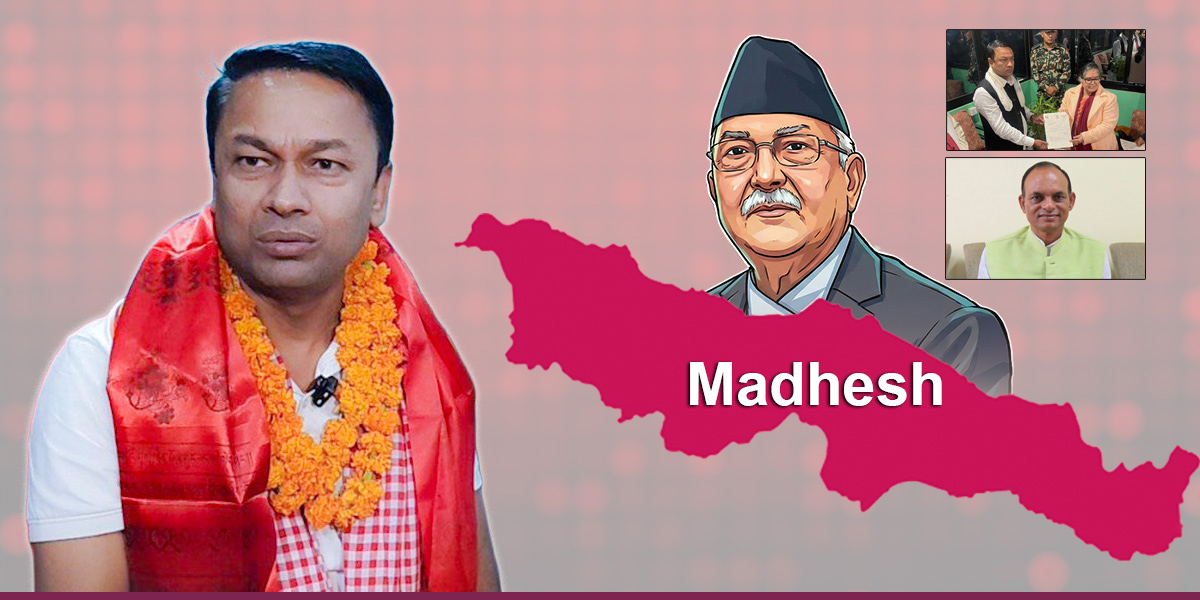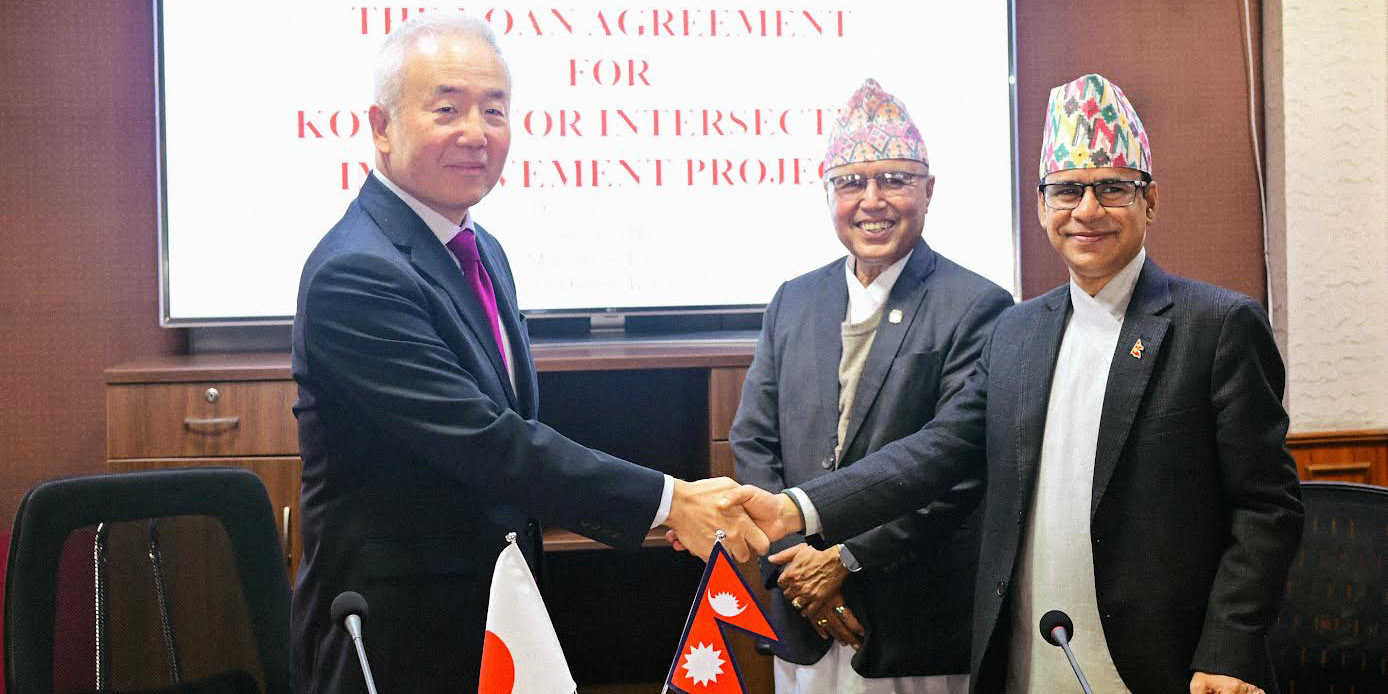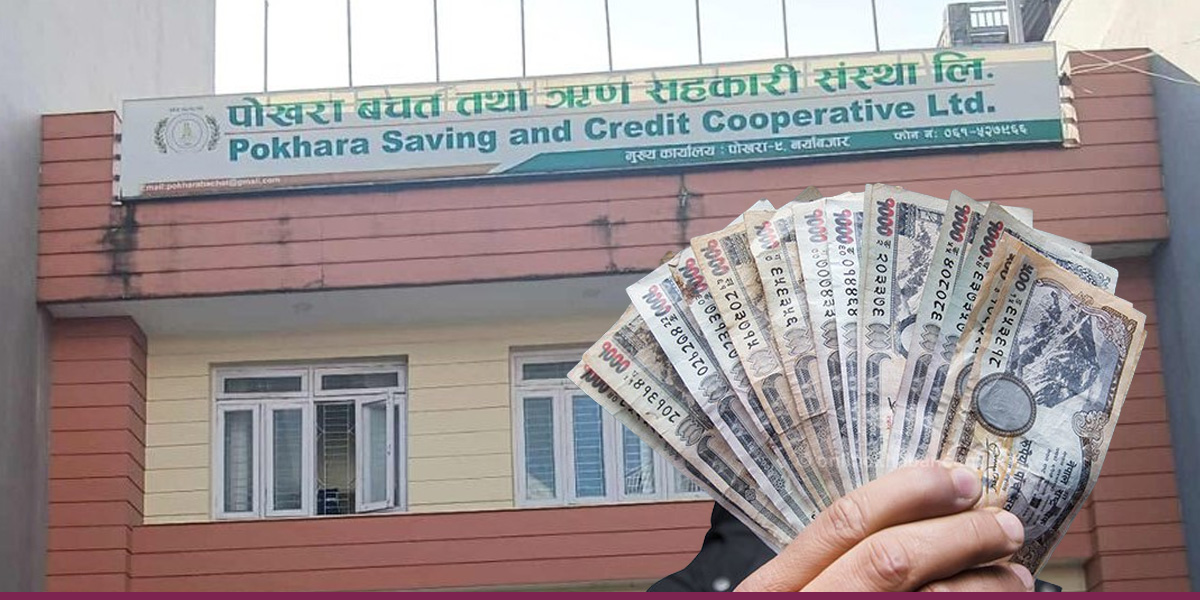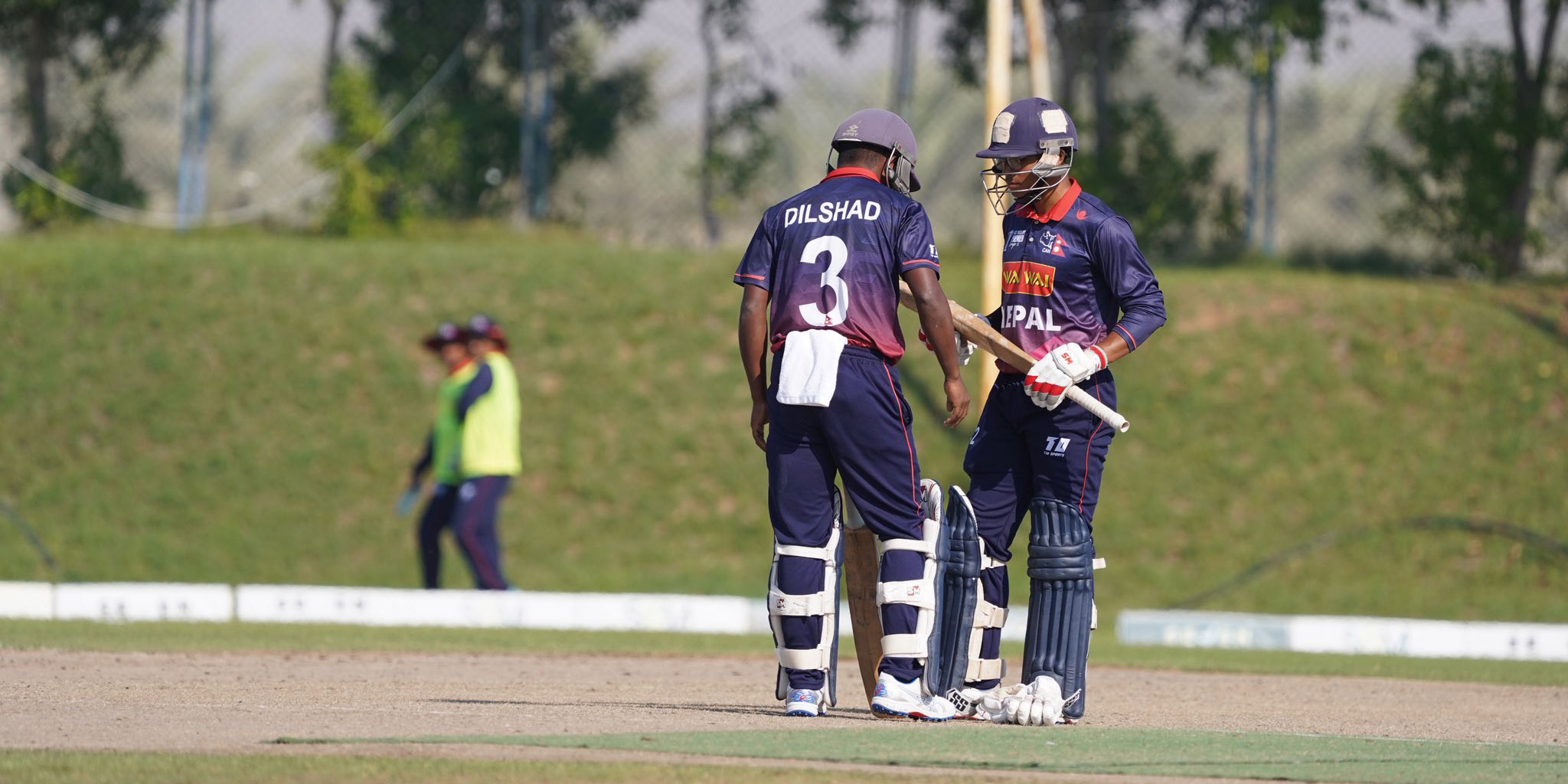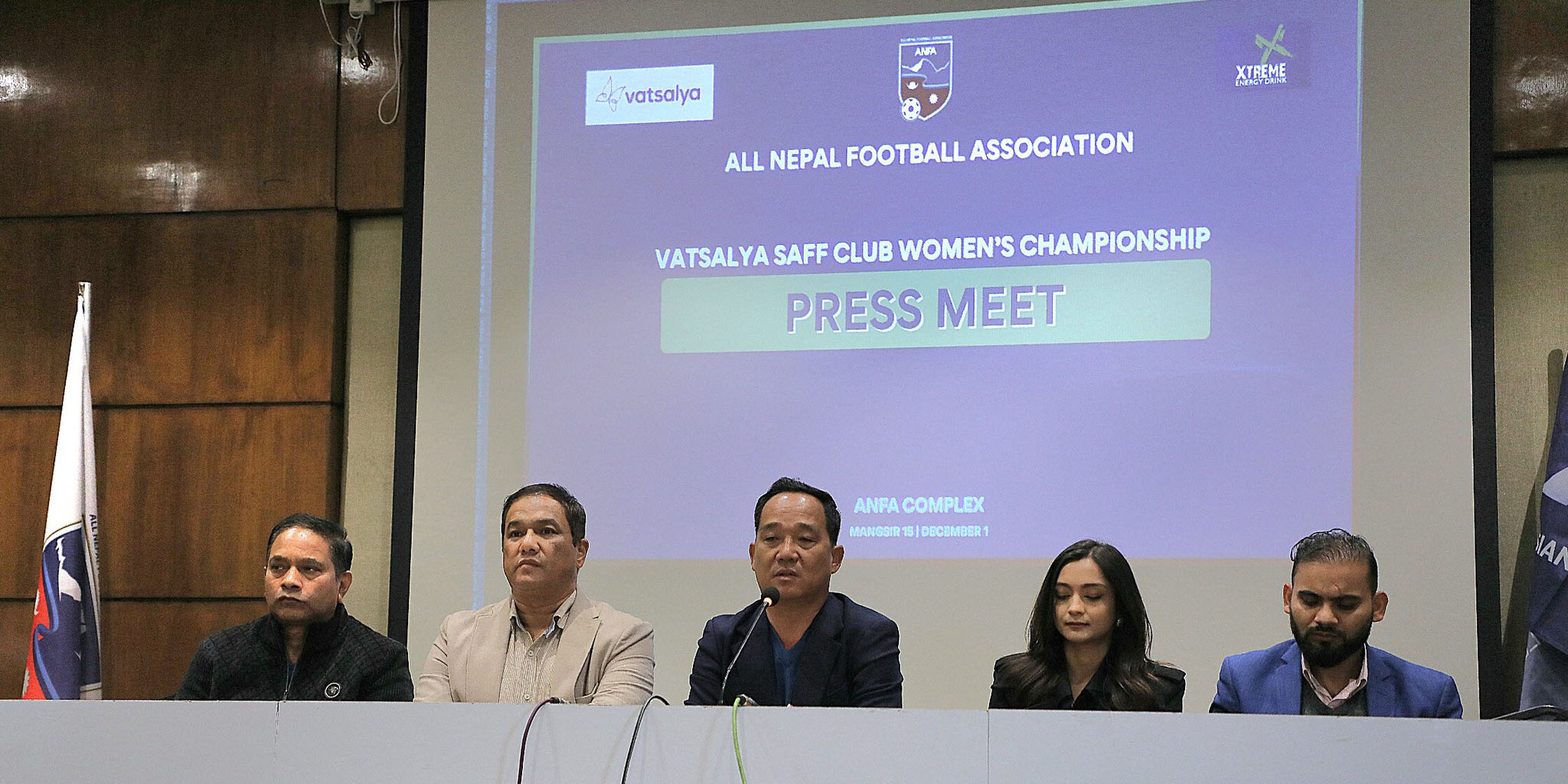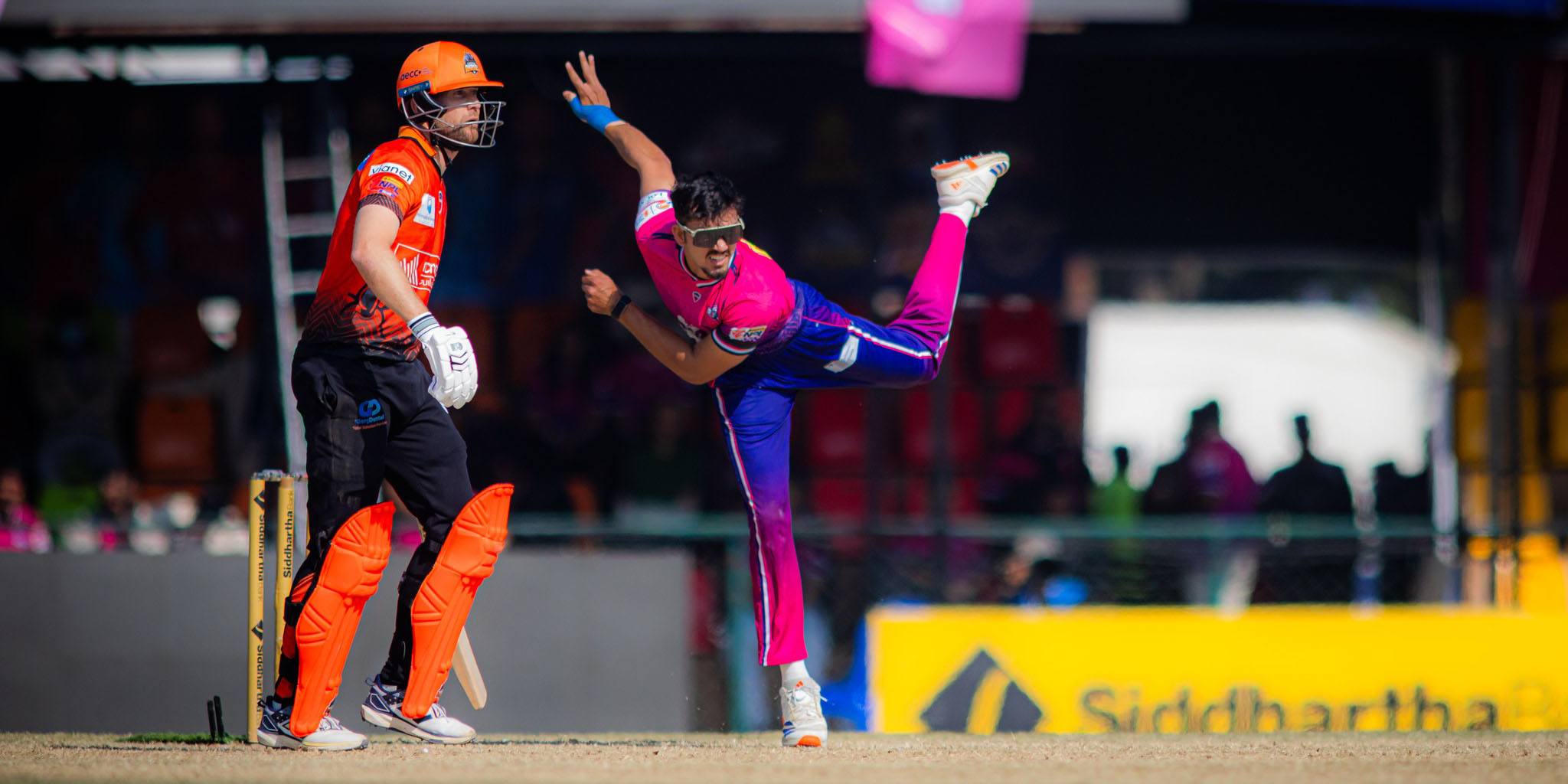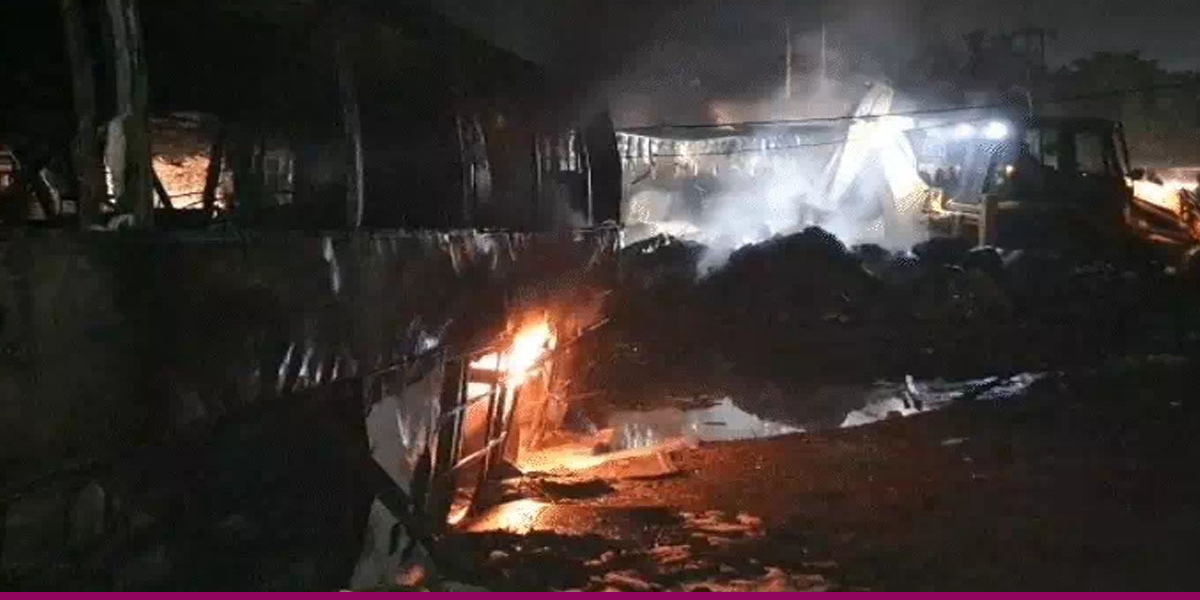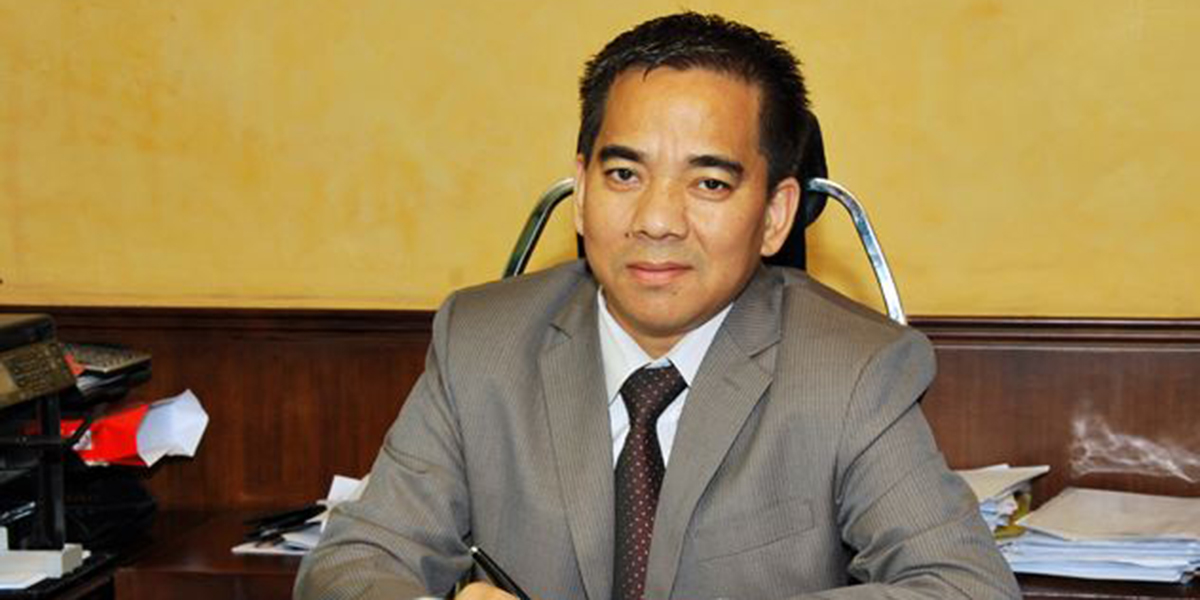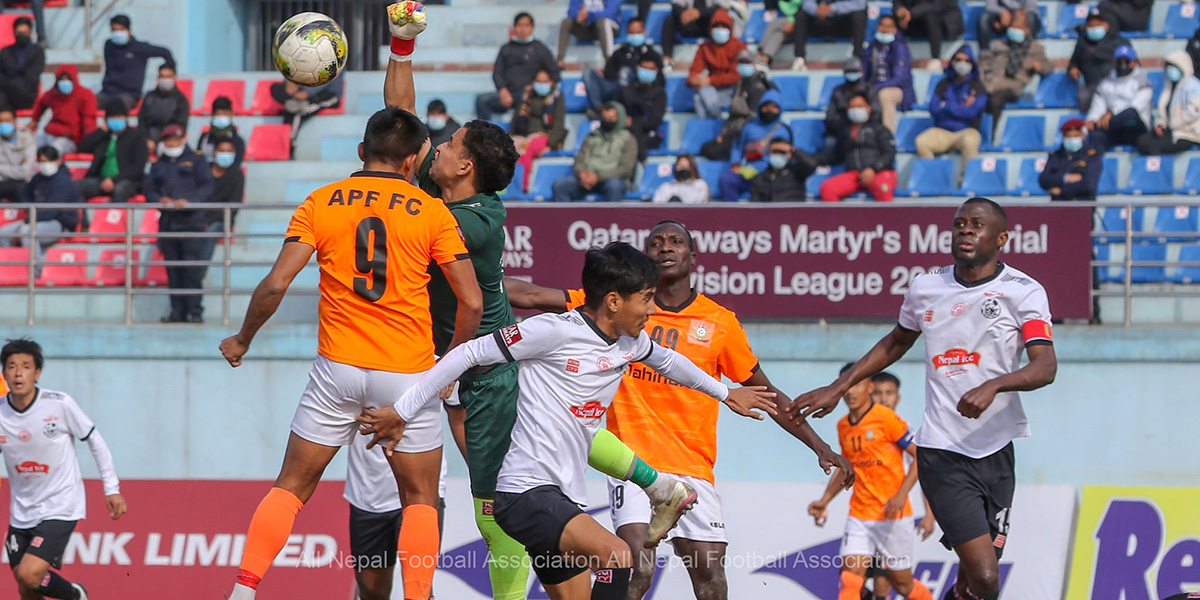
KATHMANDU: National football league is beginning in Kathmandu in less than a month.
The All Nepal Football Association (ANFA) held a press conference in Kathmandu last week to update the media on their preparations for the upcoming Martyrs Memorial National Football League, set to commence on March 3. One of the many issues discussed in the press meet was the migration of footballers.
This trend of Nepali footballers leaving the country is concerning and is showing no signs of slowing down. Just recently, promising footballer Ritik Khadka left for Australia, further adding to the number of Nepali footballers seeking opportunities abroad.
Australia is becoming a popular destination for Nepali footballers, possibly due to the presence of Nepali clubs and communities in the country. The migration of footballers is not only a loss for the Nepali football industry but also a testament to the lack of adequate opportunities and support for young footballers in the country.
The increasing number of footballers leaving the country has raised a significant concern for ANFA, specifically regarding the availability of homegrown players for the 14 ‘A’ Division clubs.
Despite ANFA’s General Secretary’s claims that there are sufficient players in Nepal, the clubs themselves disagree. Representatives of ‘A’ Division clubs have requested ANFA to increase the quota of foreign players in the teams for this year’s league. ANFA agreed to their request, allowing clubs to recruit a maximum of five foreign players, including one from South Asia, for the national league. Previously, clubs were allowed to recruit a maximum of four players, including one from South Asia. This season, they can recruit five and field a maximum of four foreign players in their starting line-up.
The success of the clubs, whether in terms of winning titles or avoiding relegation, is often dependent on the number and quality of foreign players they manage to recruit.
The shortage of players in Nepali football clubs has been a long-standing issue. This is forcing clubs to rely on foreign players, especially from the African continent who are known for their physical strength and skill. The success of the clubs, whether in terms of winning titles or avoiding relegation, is often dependent on the number and quality of foreign players they manage to recruit.
As the governing body of football in Nepal, ANFA has an important role in player development and production. ANFA Academy, which has traditionally served as a feeder setup for the national team, has produced many star players in the ‘A’ Division. However, there has been a noticeable decline in the quality of players graduating from ANFA’s academies in Lalitpur, Butwal, and Dharan in recent years. ANFA also lacks a database to track the progress and development of players produced by its academies. However, even if all the players produced by ANFA’s academies remain busy in the domestic football scene, it will still be insufficient for the ‘A’ Division clubs.
‘A’ Division clubs are concentrated in Kathmandu Valley, within a few kilometers of each other. With most clubs lacking their own training grounds and also a football calendar, it is difficult for them to offer long-term contracts to players and engage them for a full season.
The lack of proper training facilities is a critical issue for football development in Nepal. Dasharath Stadium is the only stadium that can host international matches. The Pokhara Stadium can also host international matches, but it lacks floodlights making it unsuitable for international matches.
Coaches of ‘A’ Division sides often express their frustration with the lack of training grounds, and this continues to be a major barrier to the development of domestic football. However, there are many empty spaces on the outskirts of Kathmandu, and clubs could work in coordination with local governments to secure training grounds. Finding grounds in downtown Kathmandu, however, would be a different challenge altogether.
Few years ago, ANFA made it mandatory for ‘A’ Division clubs to start a football academy. Since an academy was required for club licensing with the Asian Football Confederation, clubs found a shortcut by partnering with schools. These paper academies naturally cannot produce players.
If clubs are unable to produce players, who will? It is true that football is played throughout the country. But who is going to scout players from remote areas? Kathmandu-based clubs can scout players in coordination with district associations and local clubs. But neither ANFA nor the clubs are taking any initiative in this regard.
The lack of preparation and engagement with fans ahead of the national league is a concerning issue.
It is difficult to pinpoint a star player in the Nepali football scene. This is not because there are a lot of players to choose from. This is because we lack players who deserve to be called a star. Some may consider Anjan Bista, who plays in the I-League in India, as a star. However, is he a crowd-puller? Tournaments outside of Kathmandu are losing popularity in recent times because teams lack players who can attract fans to the stadium.
The national league is less than a month away. Clubs should have unveiled their teams by now. They should have signed a contract with their shirt sponsors. They should have been active on social media, engaging with their fans. The lack of preparation and engagement with fans ahead of the national league is a concerning issue.
The absence of a ‘star’ in Nepali football has been a long-standing problem, and it’s important to understand the factors contributing to this lack of stardom. Stardom is a process and cannot happen overnight. But a foreign coach, who was at the helm of Nepali football until a year ago, affected this process by preventing players from talking with the media. How would stars be born if players are prevented from talking with the media and engaging with fans? It may look like a normal issue, but it can make a long-term impact.


